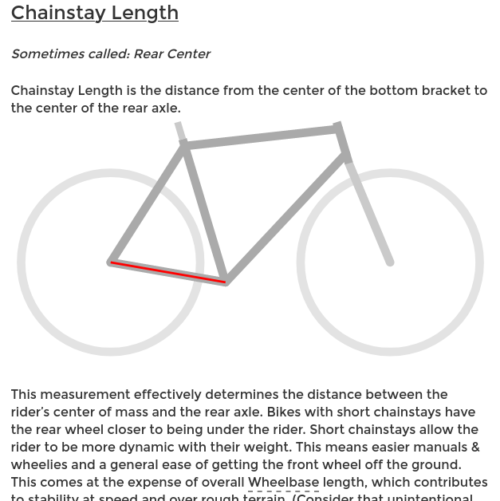Twitter Blue y la lógica evolución hacia el freemium
…la idea de Twitter es diversificar sus ingresos para reducir la fuerte dependencia actual de la publicidad (más de un 85% de sus ingresos) y disponer de un grupo de usuarios que valoran la aplicación lo suficiente como para pagar por ella con los que ensayar nuevas funciones, etc. Como en casos similares, nos equivocaremos si intentamos interpretar Twitter Blue como un lanzamiento «para todo el mundo»: como buen servicio premium, está pensado específicamente para aquellos usuarios que utilizan Twitter mucho…
La deriva hacia servicios de suscripción en internet es cada vez más clara: la publicidad, que alimentó muchísimos servicios en la red desde sus orígenes, es cada vez más vista como algo molesto, incómodo, incluso persecutorio o agobiante y que genera cada vez mayor rechazo, hasta el punto de que muchos usuarios la intentan bloquear mediante distintos tipos de soluciones. Cada vez son más los servicios que se plantean ofrecer a sus usuarios la posibilidad de disfrutar de las prestaciones que ofrecen, pero a cambio de un modelo de suscripción. Algunos emprendedores opinan directamente que la lógica debería ser que aquellos que quieren disfrutar de un producto paguen por él de alguna manera, y que la publicidad en muchas de sus interpretaciones es, como tal, un modelo fallido.
Además del servicio de suscripción, la compañía ha lanzado recientemente un servicio que permite a los usuarios recibir donaciones por sus tweets, y está trabajando en los llamados super follows que permiten a un usuario ofrecer suscripciones a sus seguidores.


